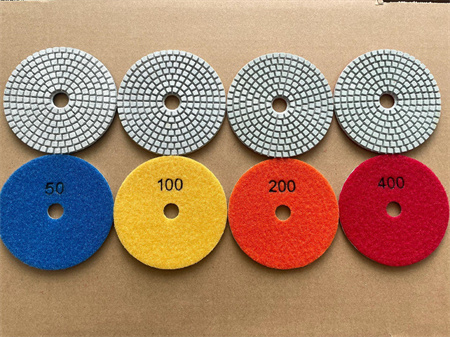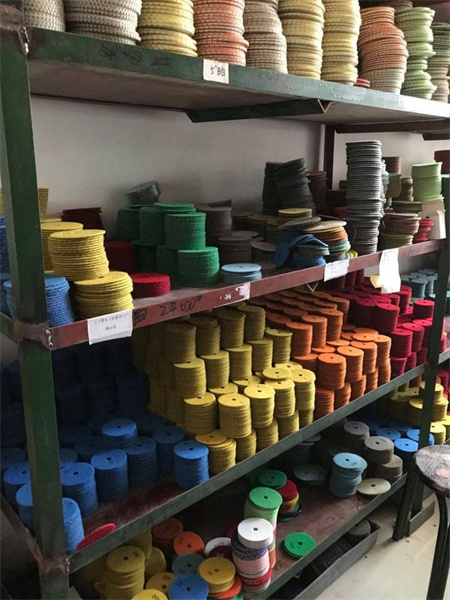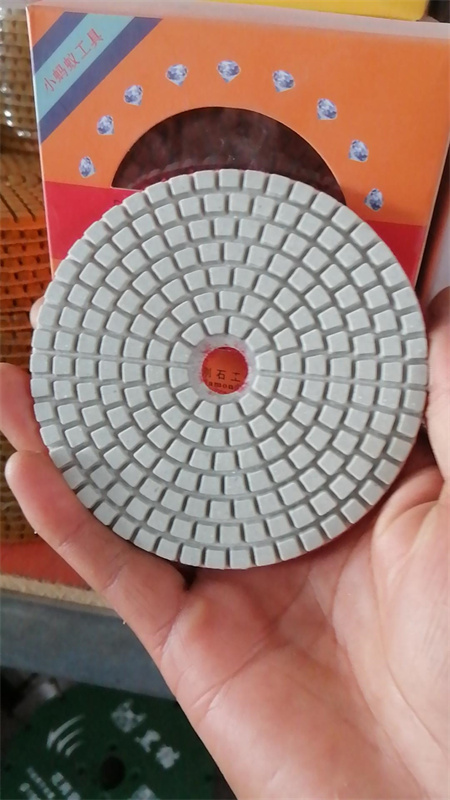How Asian Contractors Choose Diamond Polishing Tools

One of the most important factors that contractors in Asia consider is the type of material they are working with. Different materials require different types of diamond polishing tools to achieve the best finish. For instance, granite, one of the most popular materials for countertops and flooring, demands a polishing tool that can handle its hardness and durability. Asian contractors often rely on diamond pads or discs that are specifically designed for stone polishing, ensuring they achieve a glossy, smooth finish without damaging the material.


However, affordability doesn’t mean sacrificing quality. Contractors often look for tools that offer a high level of performance, even at a lower price point. Durability is one of the most important factors in this regard. Diamond polishing tools are an investment, and contractors need tools that can withstand the heavy wear and tear of continuous use. Products that offer longer lifespans and faster cutting or polishing times are particularly sought after, as they help contractors save time and reduce costs in the long run.
When it comes to selecting diamond polishing tools, contractors in Asia are also highly influenced by technology and innovation. Advances in diamond bonding technology, for example, have made a significant impact on the way polishing tools perform. Many contractors now choose tools that feature advanced laser-welding technology or electroplated coatings, which ensure that the diamond particles remain intact for longer periods. These innovations not only enhance the tool’s performance but also improve its consistency, making it easier for contractors to achieve uniform results across multiple jobs.
Another factor that plays a significant role in tool selection is the type of machinery the contractor uses. In many cases, contractors prefer diamond polishing tools that are compatible with the machines they already own. This compatibility can make a huge difference in both the performance and cost-efficiency of the polishing process. Whether it’s a handheld polisher for smaller projects or a floor grinding machine for larger, commercial-scale jobs, the right tool needs to integrate seamlessly with the contractor’s equipment. Compatibility with variable speed machines, for example, is often a key consideration, as it allows contractors to adjust the speed depending on the material being polished.
Beyond the technical aspects, contractors in Asia often rely on word-of-mouth recommendations and peer reviews when selecting diamond polishing tools. Local supplier relationships are incredibly important, and trusted suppliers who offer good customer service and post-purchase support can make all the difference. Many contractors also attend trade shows and industry events to learn about the latest products and to test new tools in person. These events provide an opportunity for contractors to make informed decisions about the tools they purchase, ensuring they select products that will help them deliver the best results on the job.
In a region as diverse and rapidly developing as Asia, the selection of diamond polishing tools is influenced by a combination of technical, economic, and cultural factors. Contractors need tools that can handle a variety of materials, work within budget constraints, and keep up with the latest technological advancements. As the construction industry continues to grow and evolve across Asia, the demand for high-quality, efficient, and cost-effective diamond polishing tools is only set to rise. For contractors, choosing the right tools is not just about achieving a perfect finish; it’s about staying competitive and ensuring that every project meets the highest standards of quality and durability.